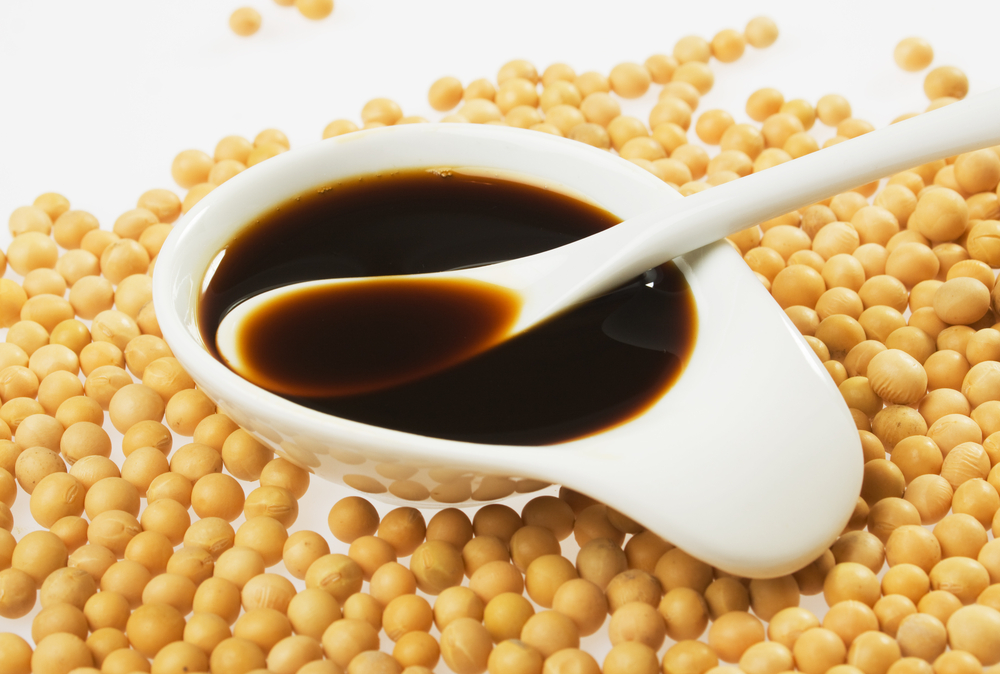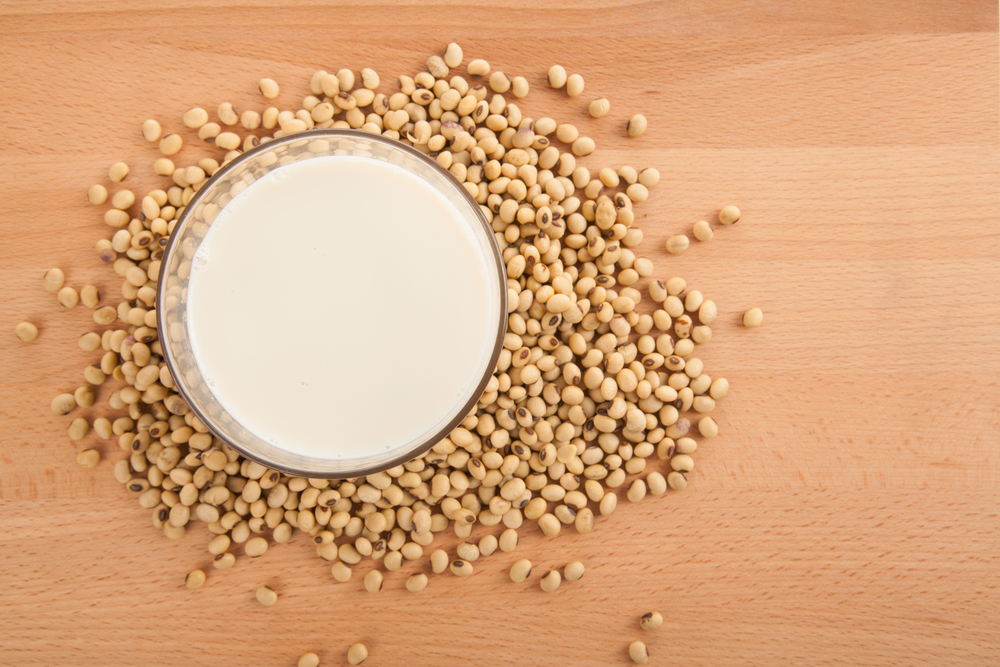Isn’t it the worst when you find an amazing recipe and get to the portion where it calls for steak sauce? What kind of steak sauce? Is one better than another? Can I just use the condiment in my fridge?
Cooking with steak sauce shouldn’t be difficult, but we don’t want to mess up the whole meal because we used the wrong type. Using steak sauce in your recipes usually assures you’re onto something amazing, so keep at it.
Good steak sauce substitutes include Worcestershire sauce, soy sauce, barbecue sauce, oyster sauce, and more.
But what should we do when that half-used bottle turns out to be an empty bottle? Is there any easy way to make sauce or simply substitute something else in its place?

What is Steak Sauce?
First off, let’s discuss what steak sauce is and its purpose. Steak sauce is tangy, smoky sauce, usually brown in color used mainly as a dipping sauce when eating steaks or other red meats.
Uses
Restaurants like to make their own steak sauce that delivers the best tangy tastes for their meats.
Other food joints simply opt for one of the popular brands like A1 or Heinz 57. Contrary to popular belief there is no perfect sauce, your taste buds get to determine that.

Don’t let the name confuse you, steak sauce can be used for more than just steaks. Steak sauce is also used in other cooking recipes. Here’s a few:
- Marinating meats like hamburger, hotdogs, bratwursts, etc.
- Mix it in with mayonnaise to create a dipping sauce
- Baked bean recipes
- Chilli
There’s even claims that steak sauce can improve that fishy taste you get when eating fish. Of course, the best way around that is to just eat the fish that tastes more like steak.
Taste
Most steak sauces have a tangy taste with a hint of barbeque in it. While there is a myriad of different flavors of steak sauce the ones we’ll use the most in our recipes will have a barbeque or smoky taste to it.
If you’re brave enough go out on a limb and try other steak sauces with a more rich flavor. Are you a big fan of peanuts? There’s a steak sauce flavor for that. How about mushrooms? Cheese? Wine? Yep, there are different flavors for each.
It’s not recommended you try one of these radical steak sauces for your first recipe. But if you’re bold enough, try it as a dipping sauce for your favorite steak.
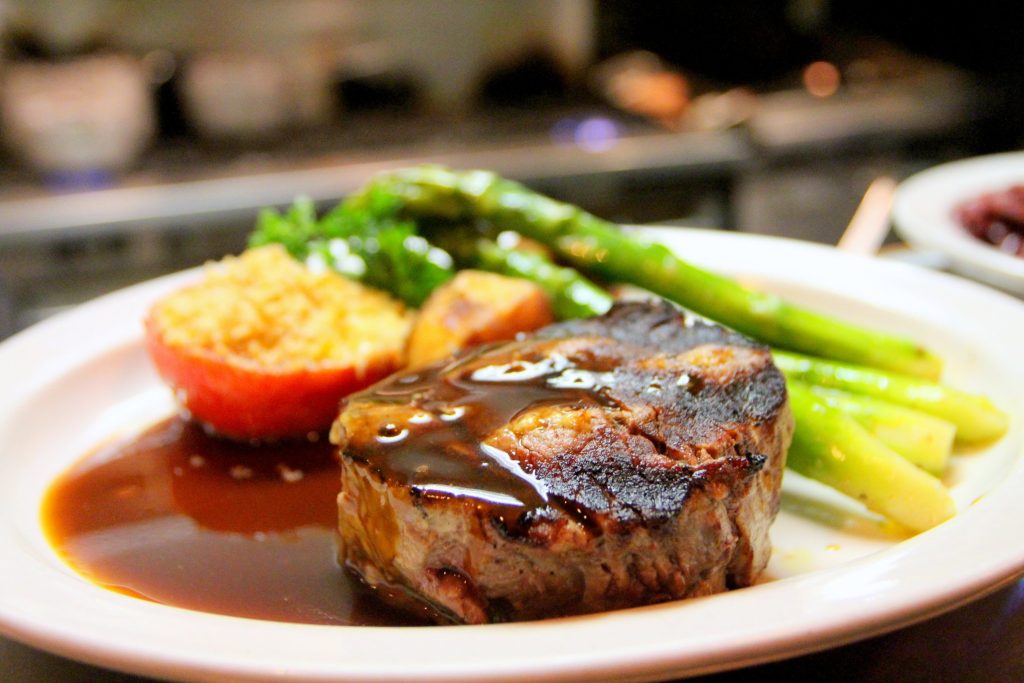
Spicy sauces are becoming increasingly popular. Novices shouldn’t be reaching for the spiciest version of sauce when they’re working on a new recipe. Start with what you’re comfortable with first, then graduate to spicy versions as you grow.
What Can I Use in Place of Steak Sauce?
Now, to that pesky recipe that simply called out “steak sauce.” It was put in there for purpose, so don’t even think about skipping that step. You’ll ruin the whole dish if you follow through on that idea.
If we don’t have our favorite brand of steak sauce in the refrigerator, there are a few favorite alternatives that you can feel safe using.
1. Worcestershire Sauce
Worcestershire sauce is a fermented condiment made from vinegar and flavored with anchovies, molasses, tamarind, onion, garlic, and other seasonings. The flavor is powerful and sweet with a distinct tang provided by the vinegar.
It’s a popular substitute for steak sauce because of the savory taste and how it compliments the meat. Worcestershire sauce is mainly used as part of the recipe and not as a dipping sauce.
Worcestershire sauce is used in several different ways when cooking. It is often used as an ingredient in marinades for meats, fish, or poultry as it is grilled, fried, or baked. It can be used when steaming, grilling, or stir-frying vegetables.
Worcestershire sauce can also be used as a condiment on sandwiches and shellfish, or seasoning for salads. Soups and stews will also benefit from this sauce for seasoning and adding a bit of tang to the flavor.
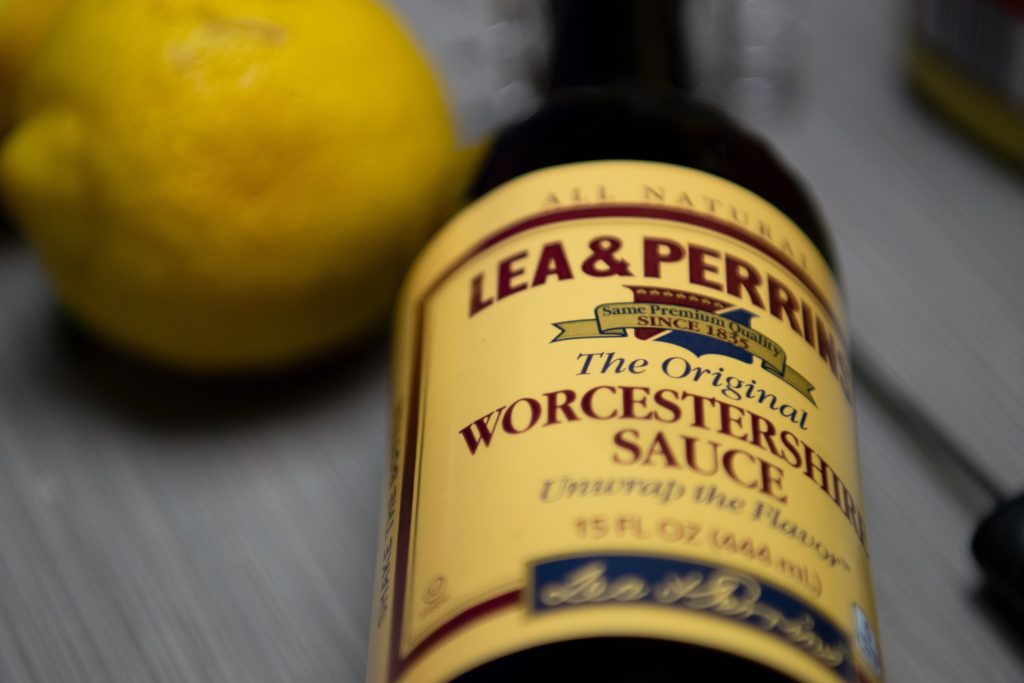
2. Soy Sauce
Soy sauce is a condiment of Chinese origin, traditionally made from a fermented paste of soybeans, roasted grain and brine. There is also a strong addition of fungus from aspergillus.
This sauce has a determined salty taste to it and can even have a bitter taste to it. If you’re unfamiliar with soy sauce it’s not recommended you use this one as a substitute for the first time. Unless the recipe is specifically looking for a salty flavor, then have at it.
Soy sauce can be added directly to food when cooking for a salty flavor or used as a dip. It is often eaten with rice, noodles, and sushi or sashimi, or can also be mixed with ground wasabi for dipping.
Bottles of soy sauce are commonly found on restaurant tables in many countries. Soy sauce can be stored at room temperature or in the fridge.
3. A1 Steak Sauce
You may not have this in your fridge, but chances are your neighbor does. A1 is a popular brand of steak sauce often found on the tables at restaurants-even the fancy ones.
A1 has a self proscribed taste of bold and tangy. The after effects have a smoky sensation mixed with a hint of sweetness.
If the recipe you’re using is only asking for steak sauce, this one is your safest bet so far.
4. Barbecue Sauce
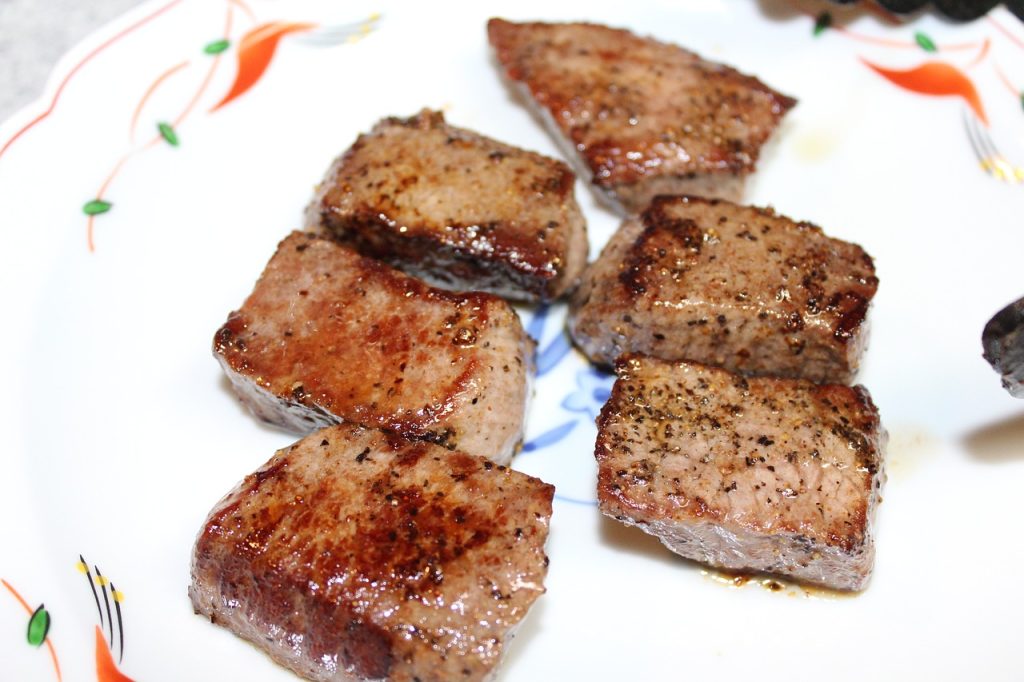
A staple found in most homes containing a refrigerator, barbecue sauce, is a great substitute for steak sauce. It can, and is often used as a dipping sauce for most meats. Even side dishes such as fries, baked beans, cooked veggies, and fried potatoes can be dipped in this favorite sauce.
There’s no shortage of brands when it comes to this sauce, and it’s probably the one with the most dynamic flavors. Be mindful of the flavor of barbeque you’re using when adding it to a recipe.
As a helpful hint; you won’t want to use the Ghost Chilli flavored barbeque sauce when marinating your family pot roast. They won’t thank you for that one.
5. Oyster Sauce
Oyster sauce describes a number of dressings and flavors made by cooking oysters. The most common in modern use is a syrupy dark-brown condiment made from oyster extracts, sugar, salt, and cornstarch.
Some varieties have been darkened with caramel, but the higher quality oyster sauce is naturally dark.
Oyster sauce is most often used in Chinese style dishes. Beef with steam or fried vegetables is a good recipe for this sauce.
6. Ketchup And Worcestershire Sauce
Now let’s get creative and try mixing some different condiments. If you have a limited number of condiments to use as a steak sauce substitute, try combining ketchup and Worcestershire sauce.
A 1:1 ration is your safest use when using this technique as a sauce substitute.
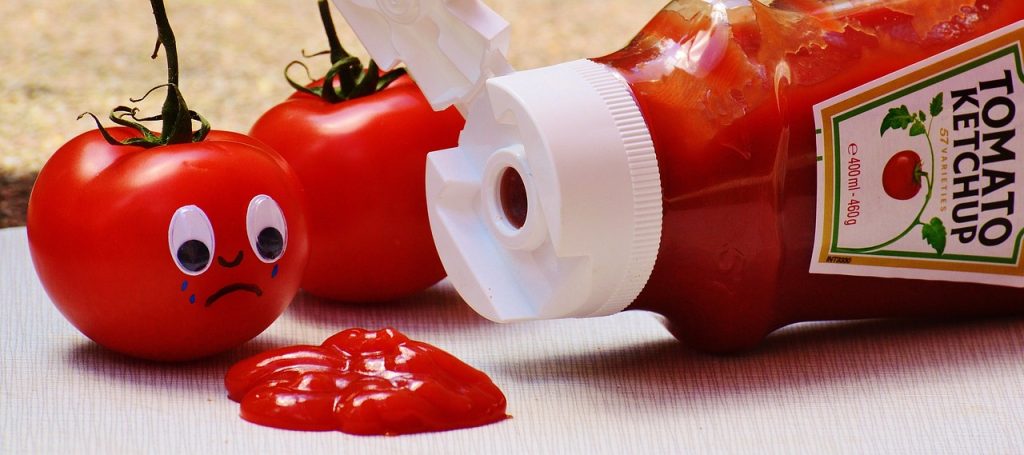
The addition of ketchup to the bold and salty taste of Worcestershire sauce will help smooth it out and give it a more comfortable after taste.
When using these two condiments, check to make sure the recipe doesn’t call for too many other vinegar-fueled condiments. You don’t want to accentuate the vinegary taste in your meal.
7. Tomato Sauce
Don’t go this route if your recipe already calls for tomato sauce. It will make your dish to heavily flavored and probably water it down.
Tomato sauce or marinara can refer to a multitude of sauces made primarily from tomatoes.
This sauce is usually served as part of a dish, rather than as a condiment. Tomato sauces are perhaps best known as bases for ingredients for Mexican salsas and Italian pasta recipes.
In a pinch, it will serve you well as a steak sauce substitute. If you have another condiment on this list, you’ll want to consider mashing up the two. It will help bring out the bold or smoky favor we’re looking for in a steak sauce.
8. Miso Paste
Miso is a fermented paste made from soybeans, rice, barley, and a mold called koji, also known as aspergillus oryzae.
Miso is the renown for the flavor known as umami. It’s a Japanese style cooking with a thick paste that is deeply savory, with a toasted, fun salty-sweet richness.
It is often considered to be in the same family as soy sauce. Both will be found in recipes for Chinese or Japanese traditional dishes.
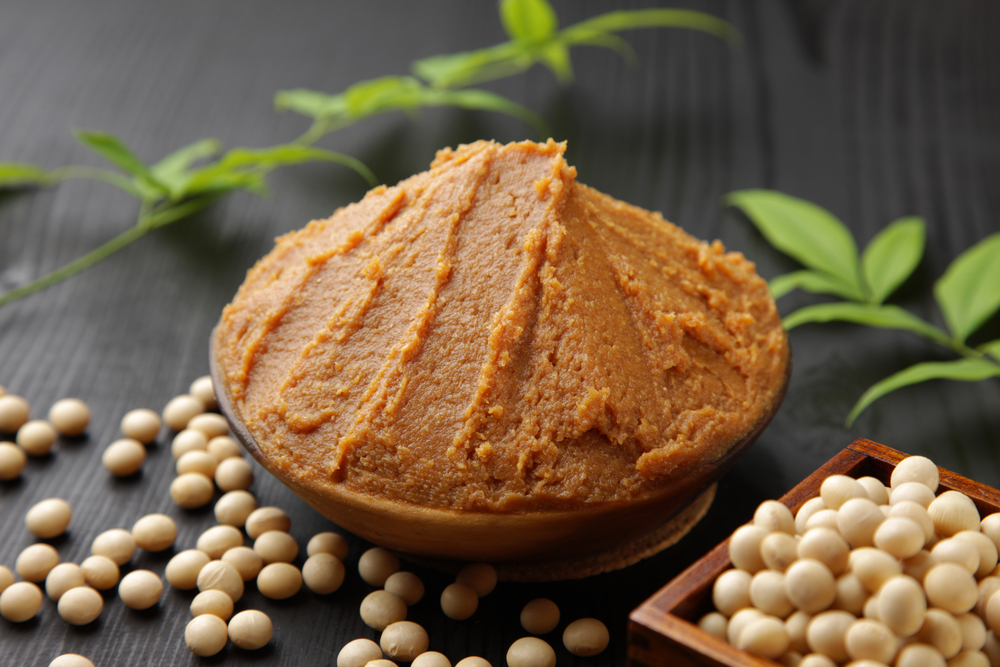
9. Heinz 57
Like A1, this sauce describes itself as a steak sauce and is most often used as a dipping sauce for steaks. However, when using this in a marinating recipe, know that it has a punctual mustard taste with a spicy kick.
In fact, Heinz 57 is separated from most other steak sauce style condiments as it’s color is a dark-orange, rather than a brown. In its early days, Heinz 57 was described as ketchup with a kick.
This will serve you well for a substitute steak sauce in your recipe. An argument could be made that Heinz 57 and A1 are not substitutes for steak sauce, but are the founding fathers of steak sauce.
10. Malt Vinegar and Sugar
Another steak sauce alternative to be used in a dish is a mixing of Malt Vinegar and sugar. Don’t go crazy with the sugar, a teaspoon will suffice.
Malt vinegar is a vinegar made from malted grains of barley. It has a tart flavor and can help to enhance the flavors of cooking recipes.
If you don’t have malt vinegar try using apple cider vinegar or lemon juice instead. It won’t have the same barley taste we’re going for, but it should work if you’re in dire need. Don’t fuss, your whole recipe won’t be ruined.
This will create the same flavor as steak sauce, but will not have the same consistency so it is not meant to be used in dipping situations. However, it is great to mix into dishes and will deliver a very similar flavor to steak sauce.
Can You Make Homemade Steak Sauce?
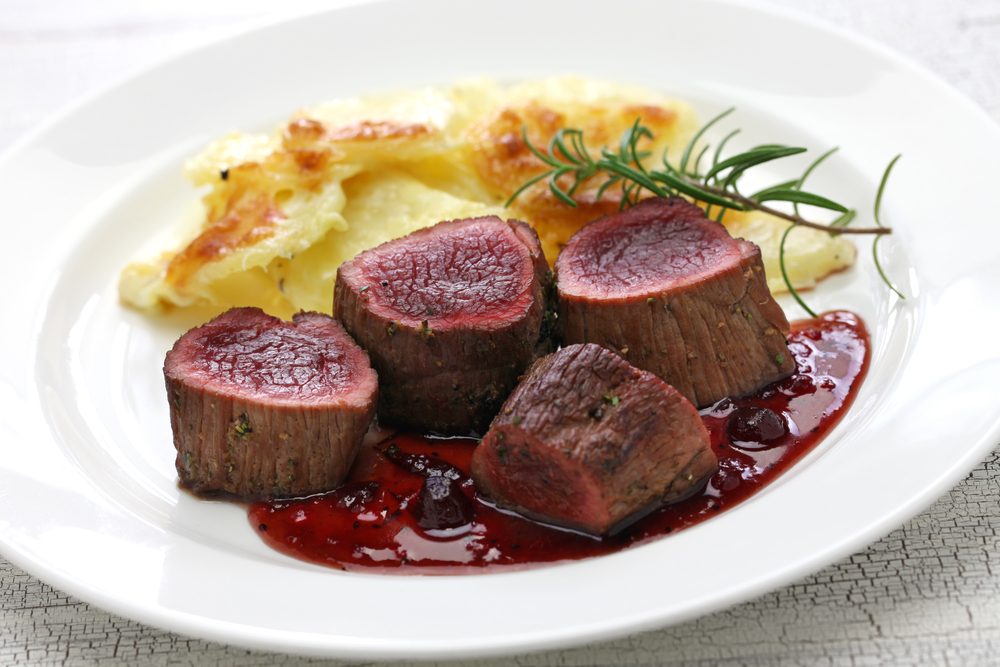
You sure can. It’s easier than you think and can be made with a few popular household ingredients.
While there are a myriad of different homemade steak sauce recipes, you’ll want to be mindful of your dish. Would it be best served with spicy or bold and tangy? Do some extra research if needed to make sure your recipe gets the best sauce.
Here’s an easy recipe to help get you started:
- 1 cup ketchup
- 1 tablespoon mustard
- 4 teaspoons vinegar
- 3 teaspoons brown sugar
- 3 teaspoons garlic powder
- 3 teaspoons onion powder
- 1 teaspoon red peppers
Mix it and enjoy cold. Or you could create a larger batch, boil it for 5 minutes, then let simmer for 20 minutes as you stir it. This will make it a bit thicker and warmer on your tongue.
Be brave with this recipe and adjust it as you feel inspired. If you’re looking for something a bit more spicy, maybe add a little more red pepper seasoning.
If you’re looking for more bold and tangy try using Worcestershire sauce or soy sauce instead of mustard.
Final Thoughts
The best substitute for steak sauce you can find is your favorite version of it currently found in your fridge. You have a few safe options to choose from, or you can quickly make your own.
Feel safe knowing that when a recipe calls for steak sauce you can use what your taste buds already enjoy and don’t need to spend a wad of money finding the perfect fit.
Be bold and daring and mix up your favorites to create your very own original steak sauce. You can do it.
If you’re brave enough to put a recipe together that’s calling for steak sauce you’re made of the stuff necessary to create the best substitute for it.




